A sweet and highly viscous cooking ingredient produced from a species of grain known as barley, barley malt syrup is available throughout the world for a variety of purposes such as baking or the brewing of alcoholic beverages – all of which it may achieve due to its simplistic yet highly versatile capabilities.
Barley malt syrup, however, may require substitution in a recipe or as a topping, especially in the case of a barley allergy, gluten related intolerance or simple lack of availability in one’s own geographical area, and as such, a suitable substitute ingredient may need to be found.
The best topping substitutes for barley malt are honey, maple syrup, agave syrup, or golden syrup. The best baking substitutes for barley malt are molasses, maltose, dark corn syrup, or brown sugar. The best brewing substitutes for barley malt syrup are sugar cane syrup or sugar beet syrup.
How is Barley Malt Syrup Used in Recipes?
Barley malt syrup is used for a variety of purposes, the majority of which is simply for its sweetening effect wherein it is added to desserts and baked goods as a topping in a manner similar to maple syrup or honey, though with a somewhat more earthy undertone of flavor.
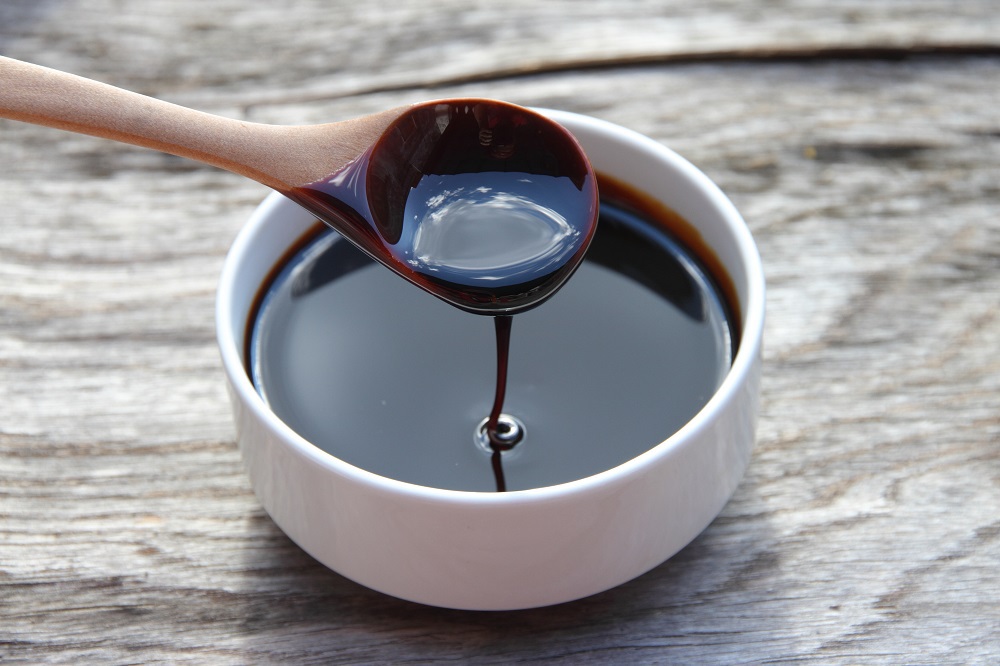
For the purposes of baking, barley malt syrup is capable of producing a distinctly dark brown coloring, especially when undergoing the Maillard reaction wherein the sugar in barley malt syrup will alter its structure and react accordingly to the presence of direct heat.
Also in the course of baking but more in line with the brewing of alcoholic beverages, barley malt syrup can initiate the fermentation of process in yeast as well as accelerate it due to the presence of certain enzymes within its chemical structure.
Why Would Barley Malt Syrup be Substituted?
Barley malt syrup may require substitution in a recipe for a variety of reasons, from simple dietary requirements such as celiac disease or gluten intolerance to more intangible reasons such as a dislike of the particular “malty” flavor that is found in barley derived products.
Other reasons barley malt syrup may require substitution in a recipe are due to a lack of availability of the product or due to the fact that certain characteristics presented by barley malt syrup may not work with the particular recipe one is making.
Can Barley Malt Syrup be Substituted when Baking Bagels?
Though barley malt syrup can be substituted in most forms of baked goods quite readily with other syrupy sweetening ingredients like honey or molasses, bagels in particular are somewhat exempt from this due to the nature of barley malt syrup and its flavor.
As such, if one wishes to truly create an authentic bagel with the flavor profile that it was originally intended to possess, substituting barley malt syrup may be quite difficult and not quite recreate the same effect as one wishes for.
This is not to say that a bagel cannot be made without barley malt syrup, however, as the potential baking substitutes to barley malt syrup are capable of partially substituting barley malt syrup in this particular situation – though not with the finer flavor profile notes.
Topping Substitutes to Barley Malt Syrup
For the purposes of using as a syrup topping or sweetener after the food product has already been cooked, substituting barley malt syrup is as simple as placing an equal amount of the substitute syrup atop the finished meal.
Being only approximately half as sweet as white sugar, however, barley malt syrup and its substitutes may require taste testing prior to being used as a topping, as such products like imitation maple syrup may in fact be distinctly sweeter than barley malt syrup, potentially unbalancing the dish.
Honey
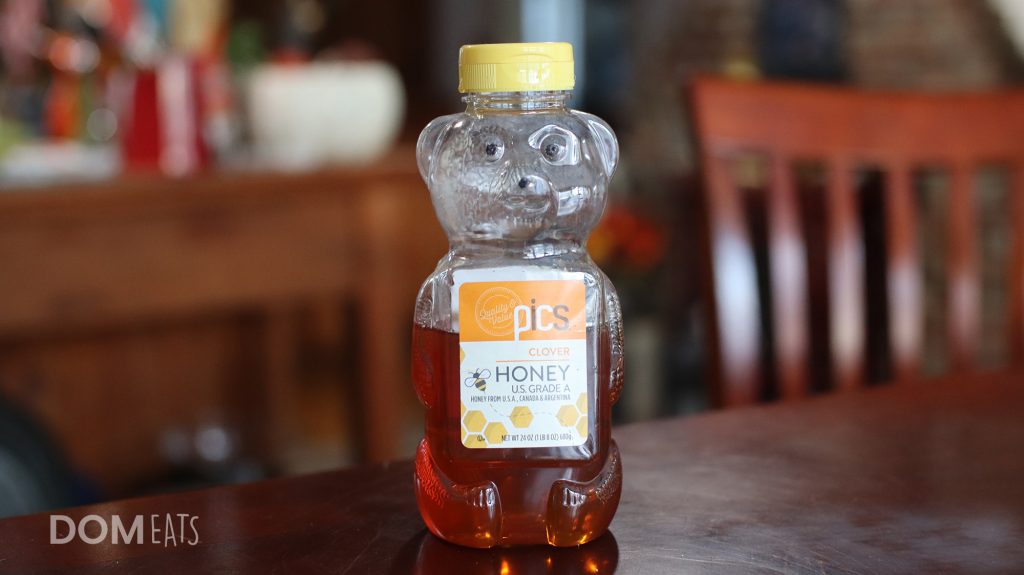
Considered one of the best possible substitutes to barley malt syrup not only as a topping but also for the purposes of baking, honey makes an excellent replacement to the barley malt derived sweetening agent, though without the same malty notes of flavor that are found in the latter syrup.
Honey, at least in its natural unadulterated form, may also be somewhat more sweet than barley malt syrup, and as such may require dilution or usage in smaller amounts in order to achieve the same level of sweetness as barley malt syrup itself.
Maple Syrup
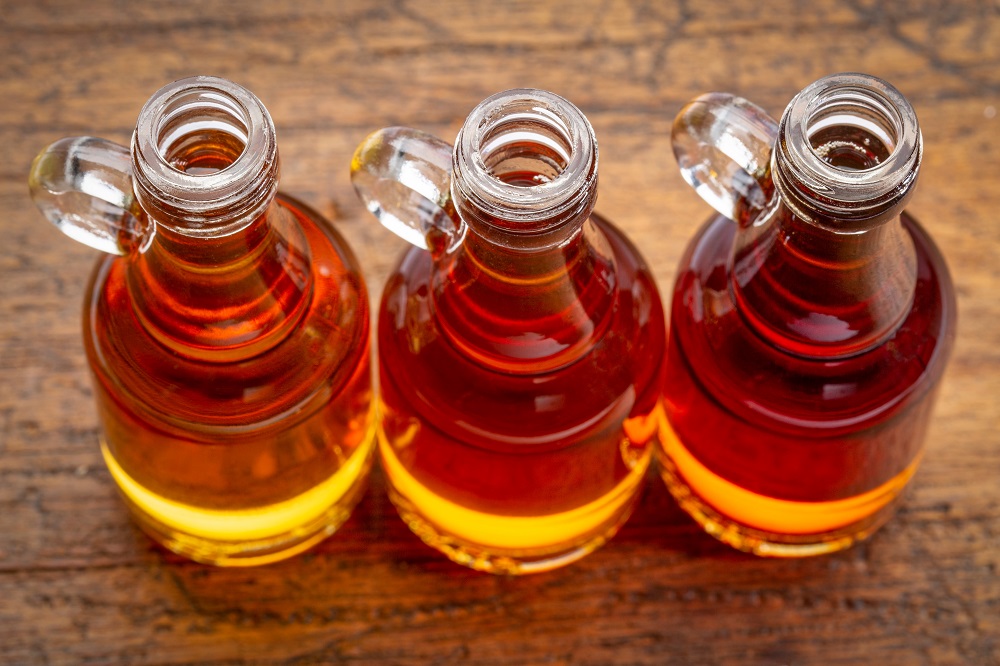
Similar in terms of earthiness and finer flavor notes to barley malt syrup, maple syrup in its pure form (as opposed to imitation maple syrup) is yet another excellent substitute to barley malt syrup in terms of being used as a topping or as a sweetening agent in a variety of desserts.
Maple syrup will not react in the same manner to cooking as barley malt syrup, however, due to the difference in their saccharide molecules as well as somewhat different flavors that may be altered depending on the method of cooking or what other ingredients are present alongside the syrups.
However, when used as a topping on food products like pancakes or waffles, maple syrup may in fact even surpass barley malt syrup, especially in terms of texture wherein the somewhat less viscous maple syrup can more readily absorb into a baked good.
Agave Syrup
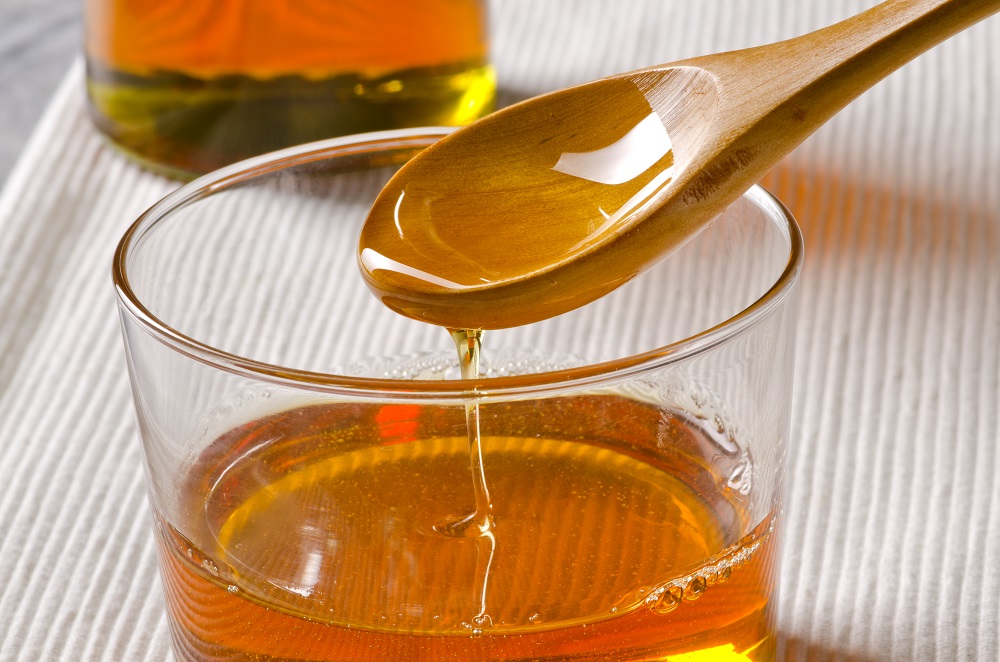
Originating from the agave desert plant, agave syrup is a naturally derived sweetening agent that is often used as a topping for certain drinks, cocktails and fruit candies so as to provide a distinctly saccharine flavor with light notes of floweriness.
Agave syrup, however, is best used as a substitute to barley malt syrup for the purposes of baking, wherein its somewhat less viscous and thinner consistency is not noticed as any excess moisture is lost among the other ingredients.
Agave syrup may be used in a direct one to one ratio when substituting for barley malt syrup, both as a syrupy topping as well as in the case of being used for baking.
Golden Syrup
A common ingredient in British baking and cooking, golden syrup is usually composed of sugar, water, and an acidic component that lends a unique undercurrent of flavor to its otherwise more familiar body of taste, of which is considered quite similar in terms of intensity of sweetness to that of barley malt syrup.
However, certain brands of golden syrup contain a different ratio of sugar to water or acid, making it sweeter than what one would normally find in most brands of barley malt syrup.
As such, it is best to first taste test one’s particular brand of golden syrup prior to using it as a topping or ingredient in a recipe so as to avoid overwhelming the meal’s flavor profile.
Baking Substitutes to Barley Malt Syrup
Another common use for barley malt syrup is its frequent addition into a variety of baked goods for the purposes of acting as a humectant, caramelizing agent, sweetening agent and as a binder in order to thicken the texture of the food.
These particular characteristics as well as the intensity of flavor that is found in malt syrup are all capable of being substituted when the correct ingredient is used in the right situation.
This is most noticeable with such replacements like brown sugar being better served in drier baked goods that require a more mellow flavor, as opposed to cakes that require a sharp and moist sweetener.
Molasses
Considered among one of the best possible substitutes to barley malt syrup due to the similarity in their appearance, viscosity, sweetness and uses in terms of baking, molasses makes a truly excellent alternative ingredient in practically every possible use of barley malt syrup.
Being so similar in intensity of flavor and texture, molasses may be used in a direct one to one ratio when replacing barley malt syrup in a recipe, removing the need to convert units or measure out different volumes.
Molasses may also be used in cooking and brewing in the same manner as barley malt syrup, wherein it may act as a yeast reaction catalyst, a humectant, a shelf-life extender and as a caramelizing agent in the correct situation.
Maltose
Produced as a byproduct of processing simple glucose syrup wherein the monosaccharide molecule combines with another to form a disaccharide, maltose syrup is often used as a replacement for practically any other type of sweetening syrup, as well as in alcoholic beverage brewing as food for the yeast fungi.
Maltose lacks most of the defining and more earthy flavor notes normally found in barley malt syrup, but makes up for it with a similar if not slightly more intense level of sweetness in comparison to the latter syrup.
For the purposes of visual appearance, maltose is also quite similar in appearance to barley malt, and, depending on the length of time at which it was heated, may also possess an identical viscosity and thickness.
Dark Corn Syrup
In fact two types of sweetening agents instead of a single one, dark corn syrup is simply light corn syrup that has had molasses mixed into it so as to deepen its breadth of flavor as well as lend a distinctly brownish-black coloring to it.
This makes dark corn syrup not only visually identical to that of barley malt syrup, but also quite similar in terms of viscosity and its various uses as a baking ingredient – such as that of a humidity modifying ingredient and its ability to catalyze the Maillard effect.
However, due to the extremely sweet nature of dark corn syrup, it is best to use it in a two to one ratio when substituting barley malt syrup in a recipe, wherein every two cups of barley malt syrup is equivalent to one cup of barley malt syrup.
Brown Sugar
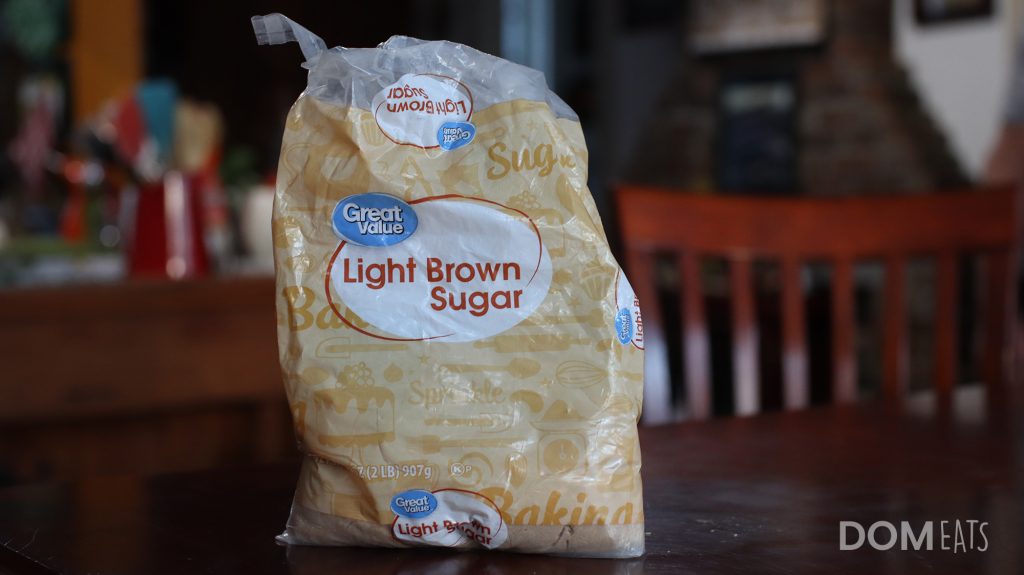
A far more simplistic substitute to barley malt syrup, brown sugar is simply ordinary sucrose sugar that has incorporated molasses into its mixture, often taking the form of a crystalline powder or as a softer powder allowing it to be distributed evenly throughout a baked dish.
Brown sugar is best used as a substitute to barley malt syrup in the event that a milder and more conservative sweetness is required, such as one would need in certain dessert sauces or flans where an understated body of flavor is a benefit to the dish.
Brewing Substitutes to Barley Malt Syrup
While malted barley in its full grain form is what brewers normally prefer to use in the process of creating beer, its syrup form (occasionally referred to as LMEs in the brewing world) is also used, either as a way to color the beer a darker brown color or so as to accelerate the reaction yeast will have in the process of fermentation.
Barley malt syrup may also be used as a primary ingredient itself in beer, though more specific types of barley malt syrup are needed, wherein they are graded by color, quality and method of extraction – all of which may be substituted in some way by alternative syrups, so long as the brewer understands how best to incorporate said substitute ingredient into their brew.
Sugar Cane Syrup
Similar in terms of sugar content and acidity to barley malt syrup, sugar cane syrup is a distinctly lighter and more transparent sweetener and yeast catalyst that may also be added to the brewing beverage some time after the fermentation process so as to impart a neutral yet sweet flavor somewhat sharper than that of barley malt syrup.
Sugar Beet Syrup
Practically identical to barley malt syrup in color and viscosity, sugar beet syrup is used as a substitute to barley malt syrup for the purposes of brewing in certain situations.
This is due to the ability for sugar beet molasses and sugar beet syrup to act as a dextrose substitute during the brewing process, either to impart a distinctly darker color to the beer or to improve its flavor with a slightly earthy yet no less sweet flavor than barley malt syrup.
Using sugar beet syrup as a barley malt syrup substitute for brewing is rather situational, however, as the addition of sugar beet syrup into a brew may conflict somewhat with the intended flavor profile one wishes to create – especially for more experienced brewers.
As such, it is best to use said sugar beet syrup to produce Belgian style beers or porter beers wherein its undercurrent of flavors will not change the end product’s own flavor profile as much, even in the absence of barley malt syrup.
References
1. Briggs D.E. (1978) Some uses of barley malt. In: Barley. Springer, Dordrecht. https://doi.org/10.1007/978-94-009-5715-2_16
2. Castro-Muñoz R, Correa-Delgado M, Córdova-Almeida R, Lara-Nava D, Chávez-Muñoz M, Velásquez-Chávez VF, Hernández-Torres CE, Gontarek-Castro E, Ahmad MZ. Natural sweeteners: Sources, extraction and current uses in foods and food industries. Food Chem. 2022 Feb 15;370:130991. doi: 10.1016/j.foodchem.2021.130991. Epub 2021 Aug 31. PMID: 34509947.
3. ICMSF (1998) Sugar, syrups and honey. In: Micro-Organisms in Foods. Springer, Boston, MA. https://doi.org/10.1007/978-1-4615-5307-6_12
4. D’Amore, T., Russell, I. & Stewart, G.G. Sugar utilization by yeast during fermentation. Journal of Industrial Microbiology 4, 315–323 (1989). https://doi.org/10.1007/BF01577355

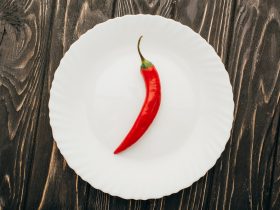
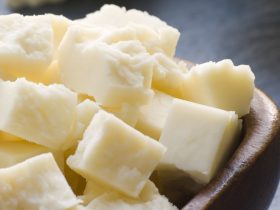
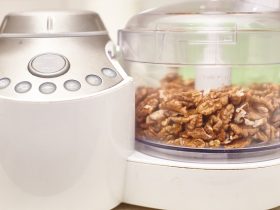
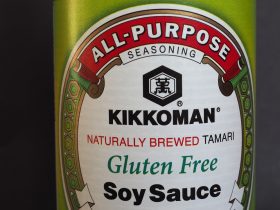
Hi, I'm Dom
Dom Eats was started to help other people fall in love with food. While cooking can feel intimidating, it doesn't have to be.